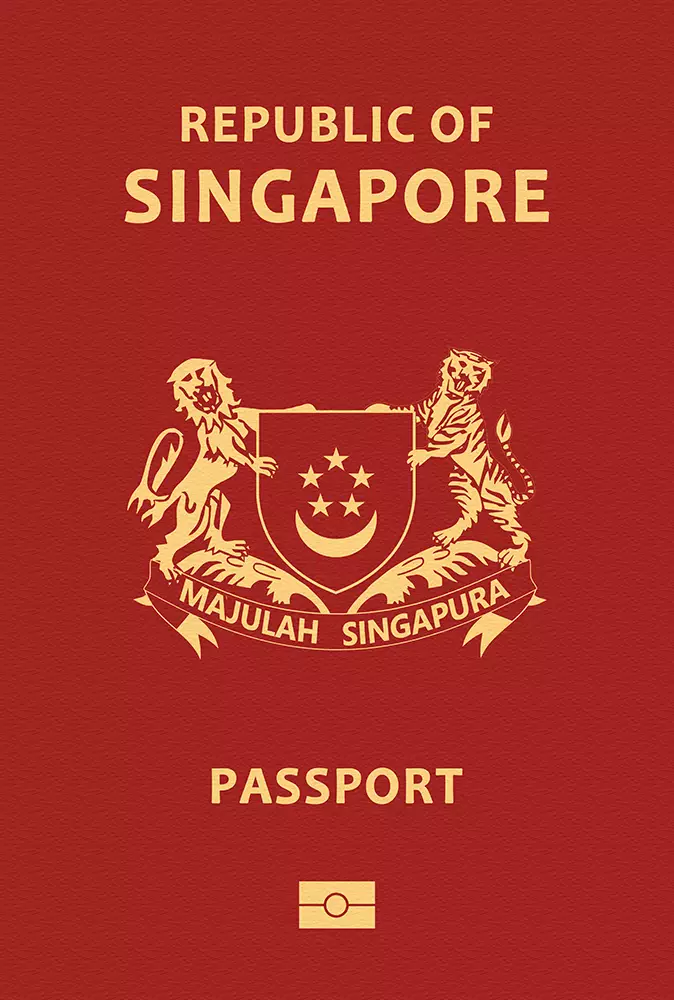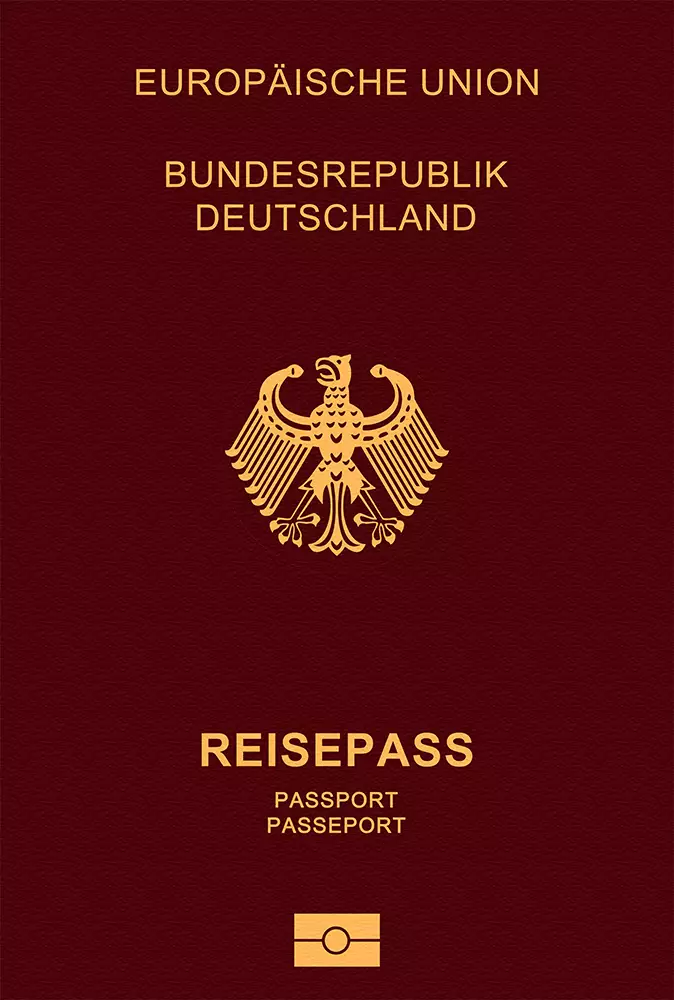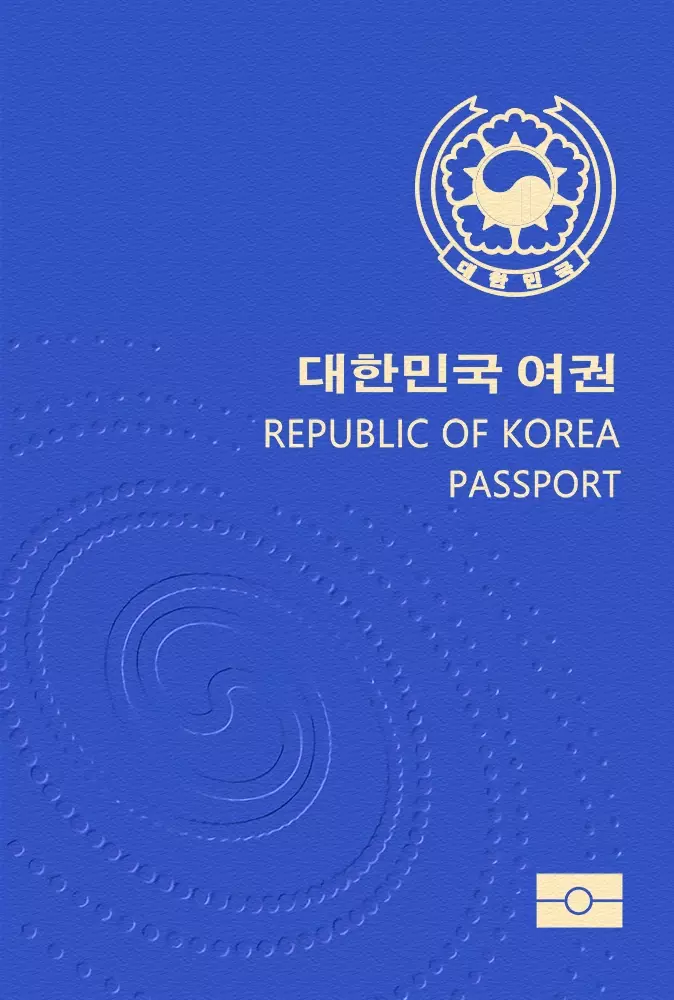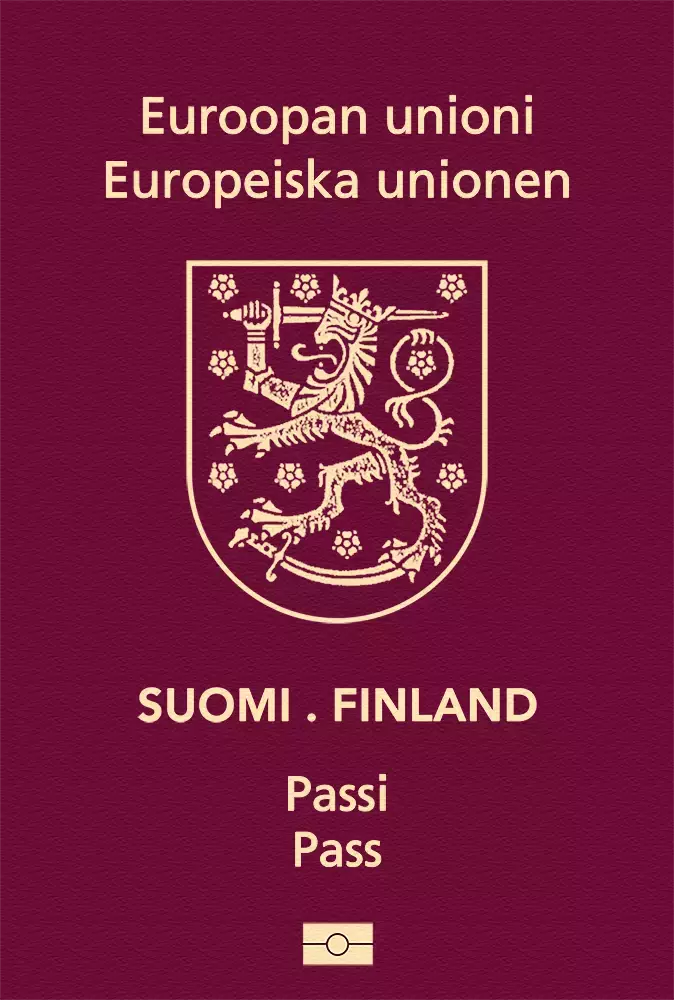Comprising seven provinces, the landlocked Kyrgyz Republic was once a part of the Soviet Union. Central Asia is where the country is located. China, Tajikistan, Uzbekistan, and Kazakhstan are all nearby nations. Osh, Jalal-Abad, and Bishkek are the three administrative divisions that are most significant. The total area of Kyrgyzstan is 199,951 square kilometers. As a result, it is now Asia's 24th largest nation. Most of the topography is mountainous, with valleys and basins intersecting one another. Continental weather characterizes sunny summers and chilly, even icy winters. There are more than 6 million people living there. With a population of more than a million, Bishkek serves as both the nation's capital and most populated city. Osh and Jalal-Abad are two other important cities. Manas International Airport (FRU), which handles 3.5 million passengers annually, is the biggest airport. With 1.2 million passengers annually, Osh Airport (OSS) is the second largest. The majority of the Russian-speaking nations as well as the Middle East are connected by plane via Manas Airport. Over time, Kyrgyzstani culture has changed and merged, incorporating elements of Turkish, Russian, Iranian, and Mongolian culture. Islam is the religion that the majority of people practice. Both Russian and Kyrgyz are the official languages. The French and Russian legal systems had an influence on the civil law system. There is a parliamentary republican system of governance. Artem Novikov is the acting prime minister, while Sadyr Japarov is the acting president.Every four years, there are elections where the president is chosen directly by the people. The Kyrgyzstani Som (KGS), the national currency of the nation, is now worth 84 US dollars. With an open economy, the nation produces a GDP of about $25.9 billion. The per capita income of its people is $4,056. The two main sectors that comprise the majority of the GDP are agriculture and services. The principal products of agriculture are wool, cotton, and meat. Additionally, substantial exports of gold, uranium, and mercury occur. Citizens who work overseas send home remittances totaling more than 25% of the GDP. There are many different urban and outdoor tourist attractions in Kyrgyzstan. It includes two cultural and one natural UNESCO World Heritage Sites. Issyk Kul Lake, Bishkek, the Ala Archa National Park, Burana, Song Kul, Tash Rabat, and Osh are a few of the important locations. An estimated 1.7 million tourists travel to the country each year. The majority of visitors come from Russia, Europe, and the surrounding nations. It is a very well-liked travel location, particularly for local tourists.














































































































































































































































